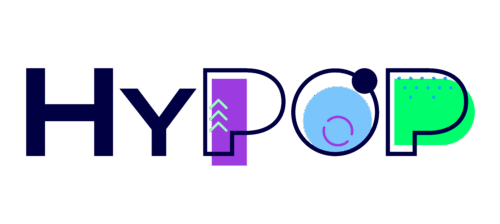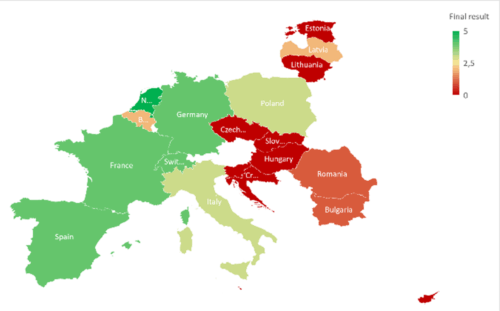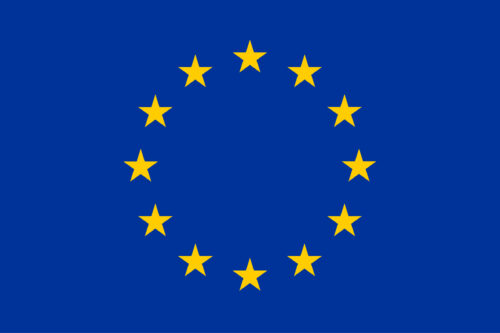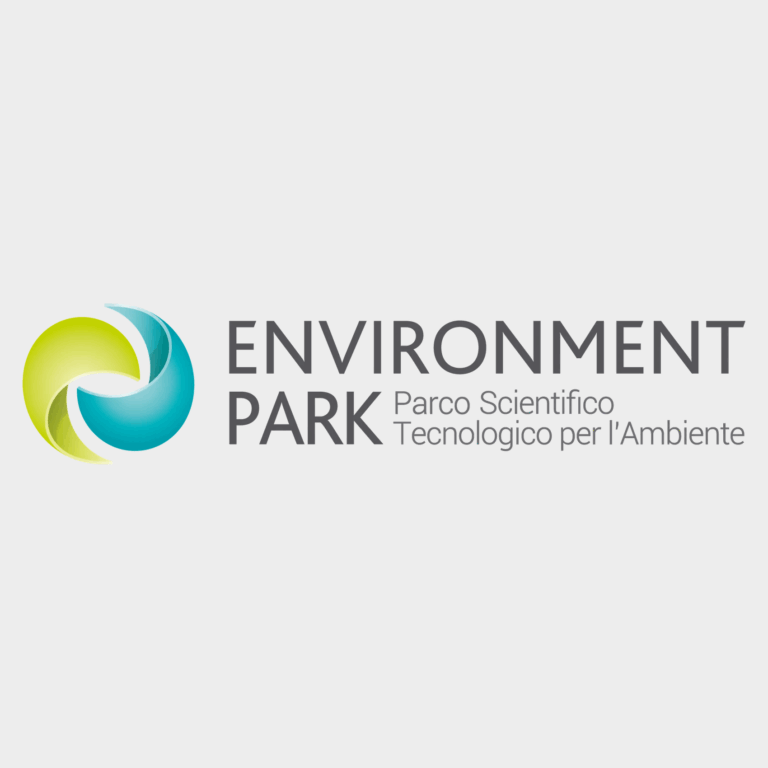Hydrogen is increasingly viewed as one of Europe’s most important tools in the race to achieve net-zero emissions. Its potential is undeniable: greater energy independence, a cleaner industrial base, and the creation of new jobs and skills. Yet the deployment of hydrogen at scale is far from straightforward. Safety concerns, uneven regulatory frameworks, and low public awareness remain barriers to adoption.
Recognising these challenges, the Clean Hydrogen Partnership (CHP), a collaboration between the European Commission, Hydrogen Europe, and Hydrogen Europe Research, has placed strong emphasis not only on advancing technology, but also on raising awareness and supporting regulatory alignment. One of its flagship initiatives is HYPOP (HYdrogen Public OPinion and acceptance), coordinated by Envipark. Launched in 2023, the project has been tasked with understanding how citizens, authorities, and stakeholders perceive hydrogen, and developing guidelines to strengthen both communication and safety practices across Europe.
Why Public Trust Matters
HYPOP’s early research has revealed a striking gap between perception and reality. While many citizens have heard of hydrogen, their knowledge remains limited. Misconceptions, particularly around safety, are widespread.
“People often associate hydrogen with danger, but what we found is that when experts explained the long history of hydrogen in industry, it reassured audiences. The message that hydrogen is not a new or experimental gas but one used safely for decades proved essential,” says Mattia Miglietta, project manager at Envipark.
This finding is critical. Without greater public confidence, the rollout of hydrogen projects in mobility, residential energy, and industry could stall. HYPOP is therefore developing guidance and communication tools aimed not just at policymakers and engineers, but at the wider public. The objective is clear: build transparency and trust.
The Safety Challenge
Safety is at the heart of HYPOP’s work. Europe today presents a patchwork of regulatory frameworks. Some countries rely on prescriptive rules, fixed safety distances, operating pressure limits, or storage thresholds, while others take a performance-based approach, evaluating risk case by case through advanced assessments.
Both models have strengths and weaknesses. Prescriptive rules are straightforward but can be overly conservative, raising costs and slowing deployment. Performance-based approaches allow for innovation but require technically skilled authorities capable of assessing complex risk models.
“Our analysis shows that the lack of harmonisation is a barrier for industry,” Miglietta explains. “A hydrogen refuelling station might face very different requirements in two neighbouring countries. This creates uncertainty, delays, and additional costs.”
For Envipark and the HYPOP consortium, the solution lies in knowledge-sharing and gradual alignment of approaches. Countries with longer hydrogen track records can serve as models, while EU-wide cooperation could help harmonise codes and standards over time.

Bottlenecks in Permitting
Permitting processes represent another major obstacle. Developers often struggle to identify which permits are needed, particularly when hydrogen plants are classified differently across jurisdictions. The lack of coordination between departments leads to delays and administrative complexity.
Some frontrunner countries have addressed this by introducing single-entry points or lead authorities that guide applicants through the process. According to HYPOP, these models should be replicated more widely. Early engagement with local authorities is also recommended to avoid procedural errors and ensure clarity from the outset.
“Developers should not be afraid to sit down with permitting authorities at the very beginning,” notes Miglietta. “A transparent dialogue helps prevent misunderstandings and builds confidence on both sides.”
Certification and Standards
Beyond permitting, certification is essential to ensure safety and interoperability. The EU already has a framework of directives covering machinery, pressure equipment, and hazardous environments, with CE Marking as a common requirement. Harmonised European and ISO standards are being adapted or newly developed to include hydrogen-specific components, devices, and systems.
Certification bodies will play a growing role in supporting hydrogen adoption. Their assessments will not only guarantee compliance but also reassure investors, authorities, and the public.
“Standards are a backbone of trust,” Miglietta stresses. “They provide a shared language between manufacturers, regulators, and end-users.”
Empowering Local Authorities and First Responders
Local authorities are often on the frontline of hydrogen deployment, yet many lack the technical expertise to evaluate projects. Fire brigades and first responders, too, need dedicated training. HYPOP’s guidelines, which will be available in multiple languages, aim to fill this gap.
The project also recognises the importance of peer-to-peer exchange. Sharing best practices between authorities across Europe can accelerate learning and avoid repeating mistakes.
Engaging Citizens Directly
Public acceptance is not just about safety rules, it is also about dialogue. HYPOP has emphasised the need to involve communities early and openly. Myths must be addressed honestly, risks acknowledged, and solutions explained clearly.
The project will leave behind a suite of educational materials, including awareness-raising videos, infographics, and a citizen engagement guide. These tools are designed to help project developers communicate effectively and transparently with local communities.
“Hydrogen can only succeed if it earns public trust,” Miglietta highlights. “Technical solutions alone are not enough. People need to feel safe and see how hydrogen benefits their daily lives.”
Looking Ahead
HYPOP will conclude in 2025, but its impact is intended to last much longer. By providing guidance on safety, permitting, certification, and communication, the project aims to lay the foundation for a consistent and trusted hydrogen framework across Europe.
Envipark’s long-term ambition is to ensure that hydrogen integration is not hindered by fragmented rules or misplaced fears. Instead, Europe should move toward harmonised safety approaches, streamlined permitting, and confident communities.
The legacy of HYPOP will be a set of practical, accessible tools for institutional stakeholders and the public alike. These resources will not only support current hydrogen projects but also help shape future EU regulations and strategies.
Miglietta underlines, “Hydrogen represents an extraordinary opportunity for Europe. But opportunity alone is not enough. We must build the knowledge, trust, and safety frameworks that allow it to flourish. HYPOP is one important step in that direction.”
Acknowledgment of funding: HyPOP is a Horizon Europe project (ID 101111933) funded by the European Union and supported by the Clean Hydrogen Partnership and its members. Views and opinions expressed are those of the authors only and do not necessarily reflect those of the European Union or the Clean Hydrogen Partnership. Neither the European Union nor the Clean Hydrogen Partnership can be held responsible for them.




